Home>Furniture & Design>Bathroom Accessories>How Much Toilet Paper Does A Bidet Save
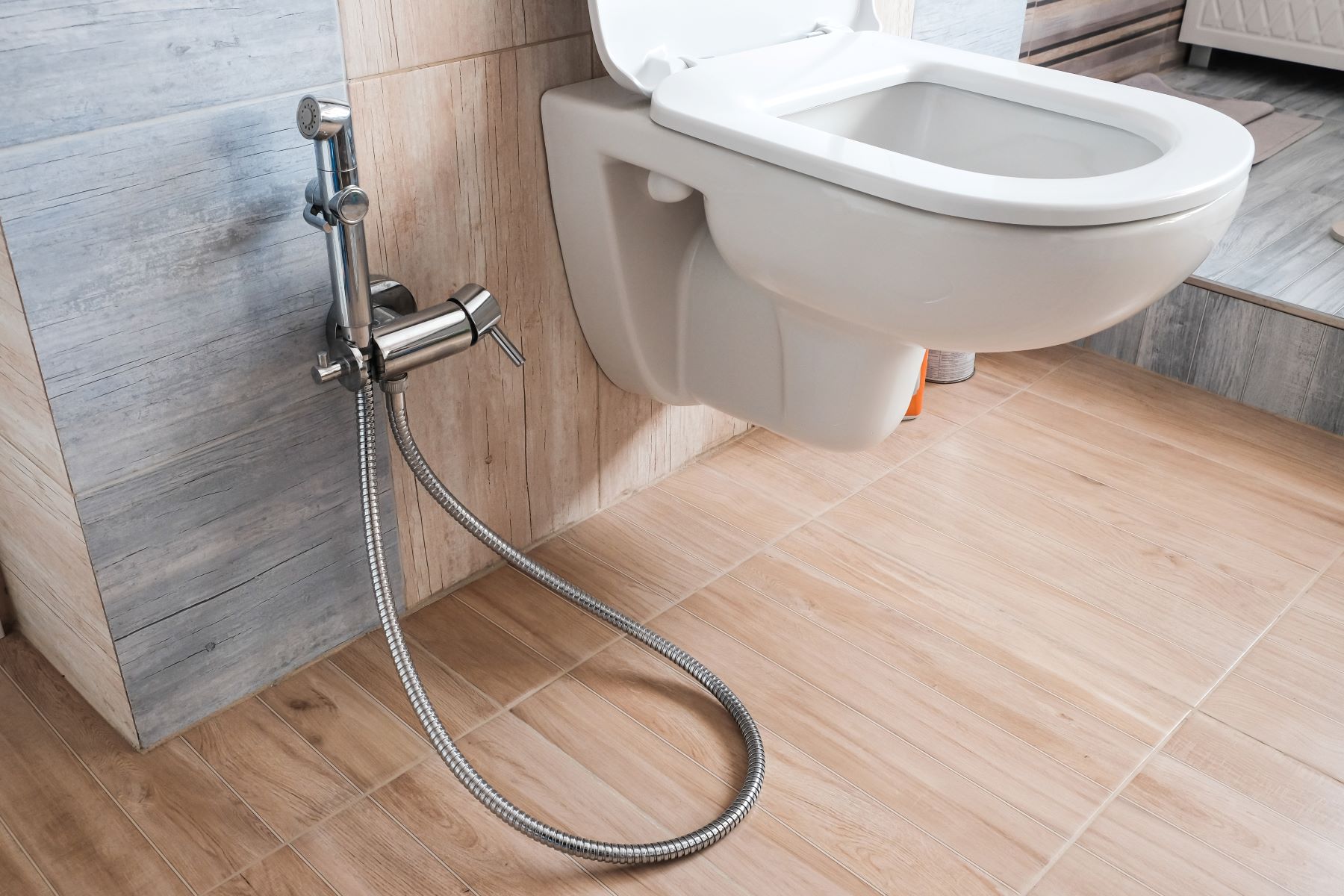

Bathroom Accessories
How Much Toilet Paper Does A Bidet Save
Modified: February 16, 2024
Discover how bidets can save toilet paper and enhance your bathroom experience. Explore the benefits of bidets and other bathroom accessories.
(Many of the links in this article redirect to a specific reviewed product. Your purchase of these products through affiliate links helps to generate commission for Storables.com, at no extra cost. Learn more)
Introduction
The bidet, a bathroom fixture that has been a staple in many cultures for centuries, is gaining popularity in households across the globe. As concerns about environmental sustainability and personal hygiene continue to grow, more people are turning to bidets as an alternative to traditional toilet paper. This shift is not only driven by a desire for a more eco-friendly and hygienic bathroom experience but also by the potential cost savings associated with reducing toilet paper usage.
In this article, we will delve into the world of bidets and explore the impact they can have on toilet paper consumption. By understanding the benefits of bidets and comparing their usage with traditional toilet paper, we can gain valuable insights into the environmental and financial implications of incorporating bidets into our daily routines.
Join us as we embark on a journey to uncover the potential of bidets in revolutionizing the way we approach personal hygiene and environmental conservation. Let's explore the fascinating world of bidets and discover how they can contribute to a more sustainable and cost-effective bathroom experience.
Key Takeaways:
- Bidets can save a significant amount of toilet paper, reducing waste and helping the environment. They also offer a more hygienic and cost-effective bathroom experience.
- By using bidets, individuals can save money on toilet paper and reduce their environmental impact. Bidets provide a sustainable and efficient alternative to traditional toilet paper usage.
Read more: What Is Better: Toilet Paper Or Bidet
Understanding Bidets
Bidets are a bathroom fixture designed to promote personal hygiene by providing a gentle and effective cleansing of the genital and anal areas after using the toilet. They come in various forms, including standalone fixtures and attachments that can be added to existing toilets. The primary function of a bidet is to use water to cleanse the areas that traditional toilet paper would typically address.
Modern bidets offer a range of features, such as adjustable water pressure, temperature control, and oscillating or pulsating spray options. Some advanced models even include air-drying capabilities and deodorizing functions, providing a comprehensive and luxurious cleansing experience.
The use of bidets is rooted in the belief that water is a more effective and hygienic cleansing agent than toilet paper alone. By utilizing water, bidets can help to remove bacteria and other impurities, promoting a higher level of cleanliness and reducing the risk of irritation or infection.
In addition to the hygiene benefits, bidets are also recognized for their potential to reduce toilet paper consumption. As individuals become more conscious of their environmental impact and seek sustainable alternatives, bidets offer a compelling solution to minimize the use of paper products in the bathroom.
Understanding the functionality and benefits of bidets is essential for individuals considering integrating this innovative fixture into their daily routine. By embracing the concept of bidets and their potential impact on personal hygiene and environmental sustainability, individuals can make informed decisions about their bathroom habits and contribute to a more eco-friendly and cost-effective lifestyle.
Comparison of Toilet Paper Usage
When comparing the usage of traditional toilet paper with that of bidets, it becomes evident that bidets offer a compelling alternative that can significantly reduce the reliance on toilet paper. Traditional toilet paper consumption is often characterized by the continuous use of paper products for cleansing after using the toilet. This reliance on toilet paper not only contributes to significant paper waste but also poses environmental challenges related to deforestation, water usage, and energy consumption in the production process.
In contrast, bidets utilize water to cleanse the genital and anal areas, minimizing the need for excessive toilet paper usage. By incorporating bidets into the bathroom routine, individuals can experience a more efficient and environmentally friendly approach to personal hygiene. The gentle yet thorough cleansing provided by bidets can reduce the amount of toilet paper required for post-toilet cleansing, thereby mitigating the environmental impact associated with traditional toilet paper usage.
Moreover, bidets offer a versatile and customizable cleansing experience, allowing users to adjust water pressure, temperature, and spray patterns to suit their preferences. This level of personalization not only enhances the cleansing process but also contributes to a more comfortable and hygienic bathroom experience. As individuals become more conscious of their environmental footprint and seek sustainable alternatives, bidets emerge as a compelling solution to minimize toilet paper consumption while promoting enhanced personal hygiene.
Furthermore, the potential reduction in toilet paper usage through the adoption of bidets aligns with the global movement towards eco-friendly practices and resource conservation. By embracing bidets as a viable alternative to traditional toilet paper, individuals can actively contribute to reducing paper waste and conserving natural resources. This shift towards sustainable bathroom habits not only benefits the environment but also aligns with the growing awareness of the need for responsible consumption and waste reduction.
In essence, the comparison of toilet paper usage between traditional methods and bidets highlights the potential for bidets to revolutionize personal hygiene practices and contribute to environmental sustainability. By reducing reliance on toilet paper and promoting a more efficient and hygienic cleansing experience, bidets offer a compelling solution that aligns with the evolving needs of individuals seeking sustainable and cost-effective bathroom solutions.
Using a bidet can save a significant amount of toilet paper, as it reduces the need for wiping. This can help save money and reduce environmental impact.
Environmental Impact
The environmental impact of bidets extends beyond the realm of personal hygiene, offering a compelling solution to reduce the ecological footprint associated with traditional toilet paper usage. By embracing bidets as an alternative to toilet paper, individuals can actively contribute to environmental conservation and sustainable resource management.
One of the primary environmental benefits of bidets lies in their potential to significantly reduce toilet paper consumption. Traditional toilet paper production involves the use of virgin wood pulp, water, and energy, leading to substantial environmental implications. The demand for toilet paper contributes to deforestation, habitat destruction, and the depletion of natural resources. Additionally, the manufacturing process generates greenhouse gas emissions and water pollution, further exacerbating environmental challenges.
In contrast, bidets offer a sustainable approach to personal hygiene by minimizing the reliance on toilet paper. The utilization of water for cleansing reduces the need for excessive toilet paper usage, thereby mitigating the environmental impact associated with paper production and waste. By integrating bidets into daily bathroom routines, individuals can actively participate in reducing paper waste, conserving natural resources, and mitigating the ecological consequences of traditional toilet paper consumption.
Furthermore, the environmental benefits of bidets extend to water conservation. While bidets utilize water for cleansing, the overall water consumption is significantly lower compared to the water used in the production of toilet paper. The manufacturing process of toilet paper requires substantial amounts of water for pulp processing, refining, and paper production. By reducing the demand for toilet paper through the adoption of bidets, individuals can indirectly contribute to water conservation and minimize the environmental strain associated with paper manufacturing.
Moreover, bidets align with the principles of sustainable living and responsible consumption. As individuals become more conscious of their environmental impact, the integration of bidets into households reflects a proactive approach towards reducing waste and promoting eco-friendly practices. By embracing bidets as a sustainable alternative, individuals can actively participate in minimizing their ecological footprint and contributing to a more environmentally conscious lifestyle.
In essence, the environmental impact of bidets encompasses a multifaceted approach to environmental sustainability, encompassing reduced paper consumption, water conservation, and responsible resource management. By recognizing the environmental benefits of bidets and their potential to minimize the ecological impact of traditional toilet paper usage, individuals can make informed choices that align with the principles of environmental stewardship and sustainable living.
Cost Savings
The integration of bidets into the bathroom routine presents compelling opportunities for cost savings, aligning with the growing emphasis on sustainable and economical solutions. By transitioning from traditional toilet paper usage to incorporating bidets, individuals can realize significant financial benefits over time.
One of the primary avenues for cost savings associated with bidets lies in the reduction of toilet paper consumption. Traditional toilet paper represents an ongoing expense, with households regularly purchasing and replenishing supplies. The continuous usage of toilet paper for personal hygiene needs can contribute to recurring expenses, particularly in the long run. In contrast, bidets offer a one-time investment that can lead to substantial reductions in toilet paper usage, thereby minimizing the frequency of purchasing toilet paper supplies. This shift towards reduced reliance on toilet paper aligns with the principles of cost-effective and sustainable living, allowing individuals to allocate their resources more efficiently.
Moreover, the long-term cost savings associated with bidets extend beyond the reduction in toilet paper expenses. By embracing bidets as an alternative to traditional toilet paper, individuals can mitigate the financial impact of fluctuating toilet paper prices and market dynamics. The stability and consistency offered by bidets as a reusable and water-based cleansing solution provide a reliable avenue for managing personal hygiene needs without being subject to the volatility of toilet paper pricing. This resilience to market fluctuations positions bidets as a cost-effective and sustainable investment that can yield enduring financial benefits for households and individuals.
Additionally, the potential for cost savings through the adoption of bidets encompasses reduced maintenance and operational expenses. Modern bidets are designed to be durable, low-maintenance fixtures that require minimal upkeep. The long lifespan and efficient functionality of bidets contribute to lower maintenance costs compared to the ongoing expenses associated with purchasing and replenishing toilet paper supplies. Furthermore, the water usage of bidets is significantly lower than the water utilized in the production of toilet paper, aligning with the principles of resource conservation and cost-effective consumption.
In essence, the integration of bidets into the bathroom routine offers a compelling pathway to cost savings, encompassing reduced toilet paper expenses, resilience to market dynamics, and minimized maintenance costs. By recognizing the financial benefits of bidets and their potential to optimize resource allocation, individuals can make informed decisions that align with the principles of sustainable and economical living.
Read more: How Much Does Toilet Paper Cost
Conclusion
In conclusion, the adoption of bidets represents a transformative approach to personal hygiene, environmental sustainability, and cost-effective living. The exploration of bidets and their impact on toilet paper consumption has unveiled a compelling narrative that underscores the potential of bidets to revolutionize bathroom habits and contribute to a more sustainable and efficient lifestyle.
By understanding the functionality and benefits of bidets, individuals can make informed decisions about integrating this innovative fixture into their daily routines. The gentle and effective cleansing provided by bidets not only promotes enhanced personal hygiene but also reduces the reliance on traditional toilet paper, mitigating the environmental impact associated with paper waste and resource consumption.
The comparison of toilet paper usage between traditional methods and bidets highlights the potential for bidets to minimize the ecological footprint of personal hygiene practices. By embracing bidets as a viable alternative to traditional toilet paper, individuals can actively contribute to reducing paper waste, conserving natural resources, and aligning with the global movement towards eco-friendly practices and responsible consumption.
Furthermore, the environmental impact of bidets encompasses reduced paper consumption, water conservation, and responsible resource management. The integration of bidets into households reflects a proactive approach towards reducing waste and promoting eco-friendly practices, aligning with the principles of environmental stewardship and sustainable living.
The potential for cost savings associated with bidets extends beyond the reduction in toilet paper expenses, offering a reliable and resilient avenue for managing personal hygiene needs. The stability and consistency offered by bidets as a reusable and water-based cleansing solution position them as a cost-effective and sustainable investment that can yield enduring financial benefits for households and individuals.
In essence, the journey through the world of bidets has illuminated their potential to redefine personal hygiene practices, minimize environmental impact, and optimize resource allocation. By embracing bidets as a transformative solution, individuals can embark on a path towards a more sustainable, hygienic, and cost-effective bathroom experience. As the global community continues to prioritize environmental conservation and responsible consumption, bidets stand as a beacon of innovation and sustainability, offering a compelling alternative that resonates with the evolving needs of individuals seeking a more conscious and harmonious way of living.
Frequently Asked Questions about How Much Toilet Paper Does A Bidet Save
Was this page helpful?
At Storables.com, we guarantee accurate and reliable information. Our content, validated by Expert Board Contributors, is crafted following stringent Editorial Policies. We're committed to providing you with well-researched, expert-backed insights for all your informational needs.
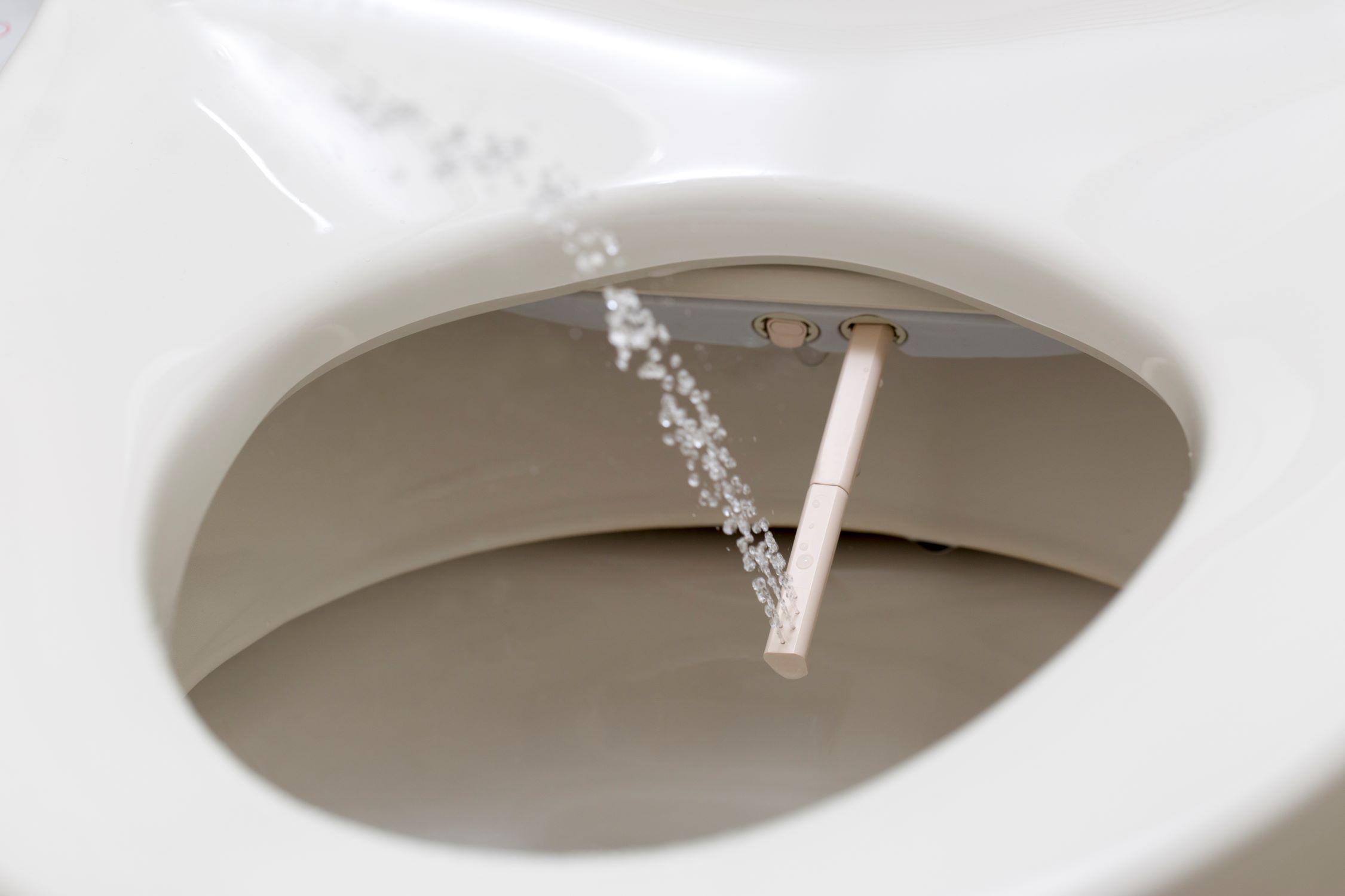

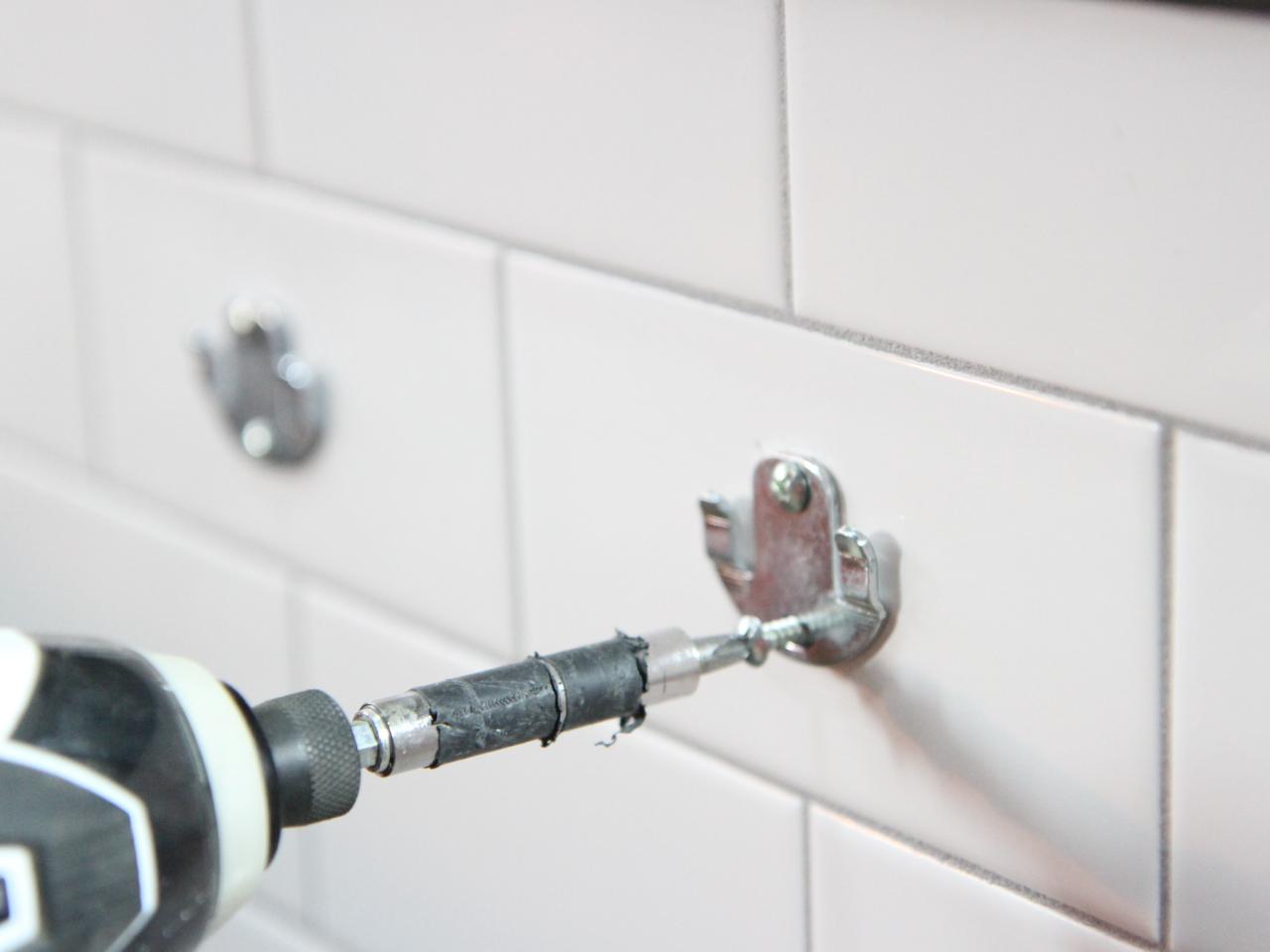
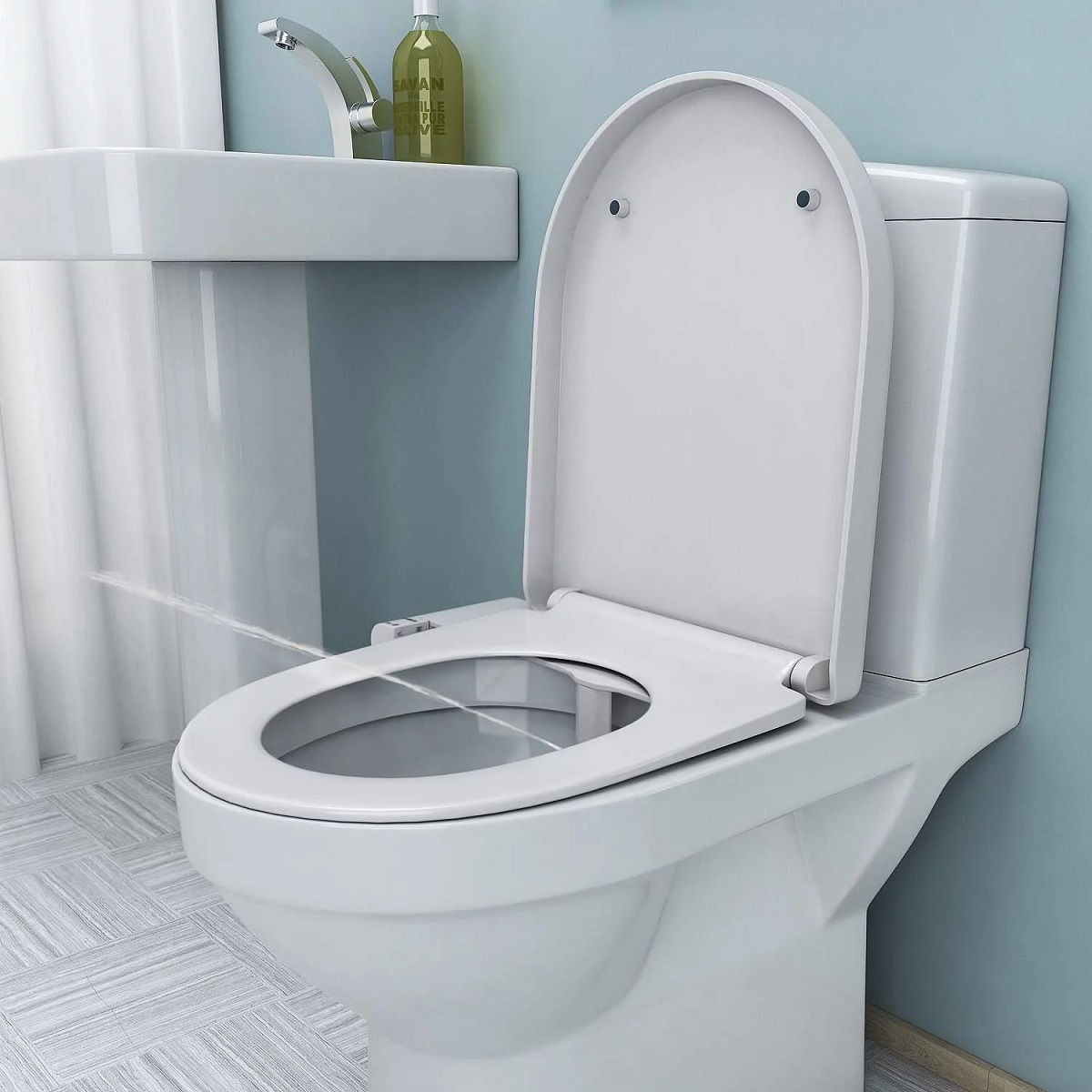
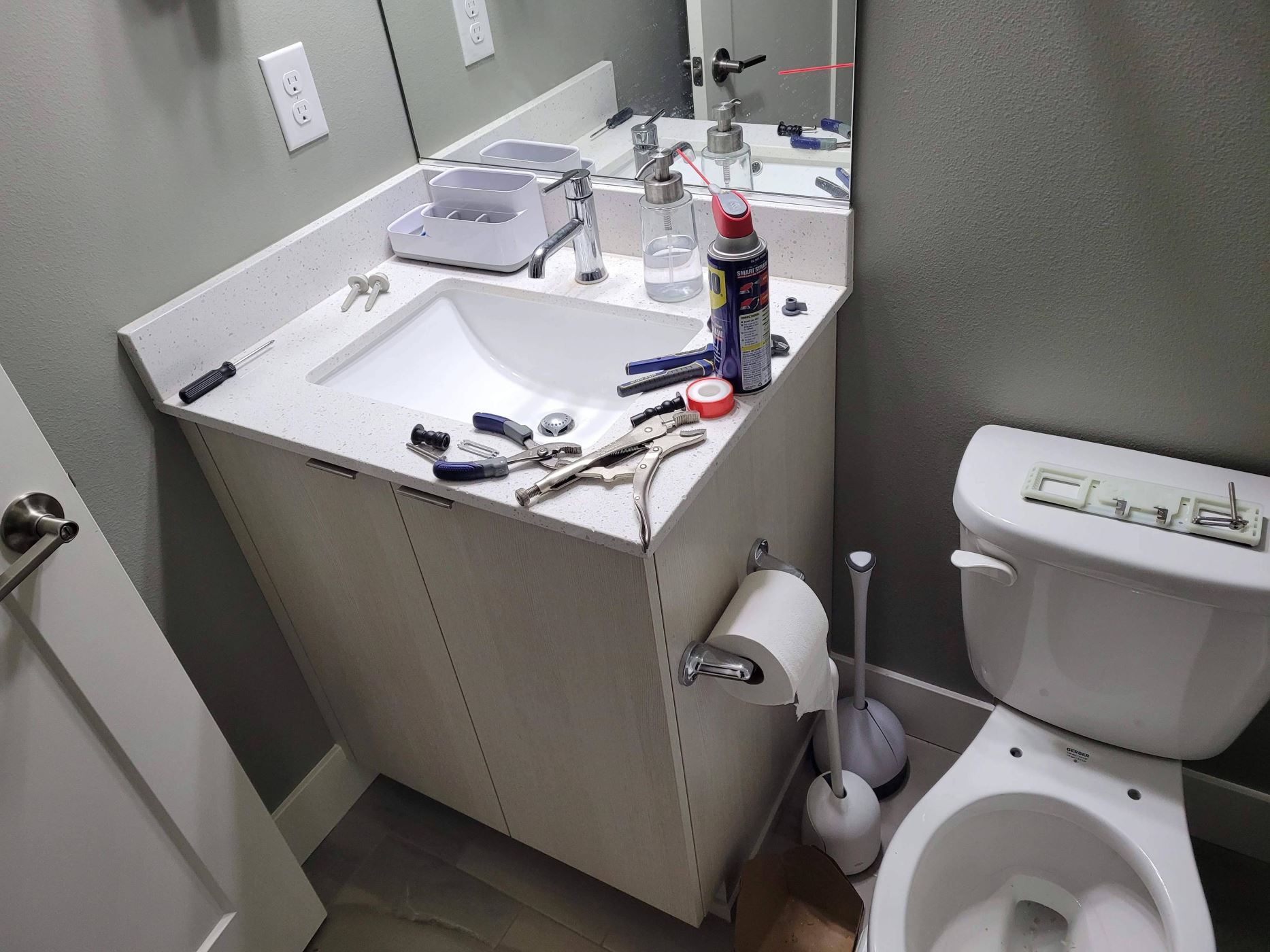
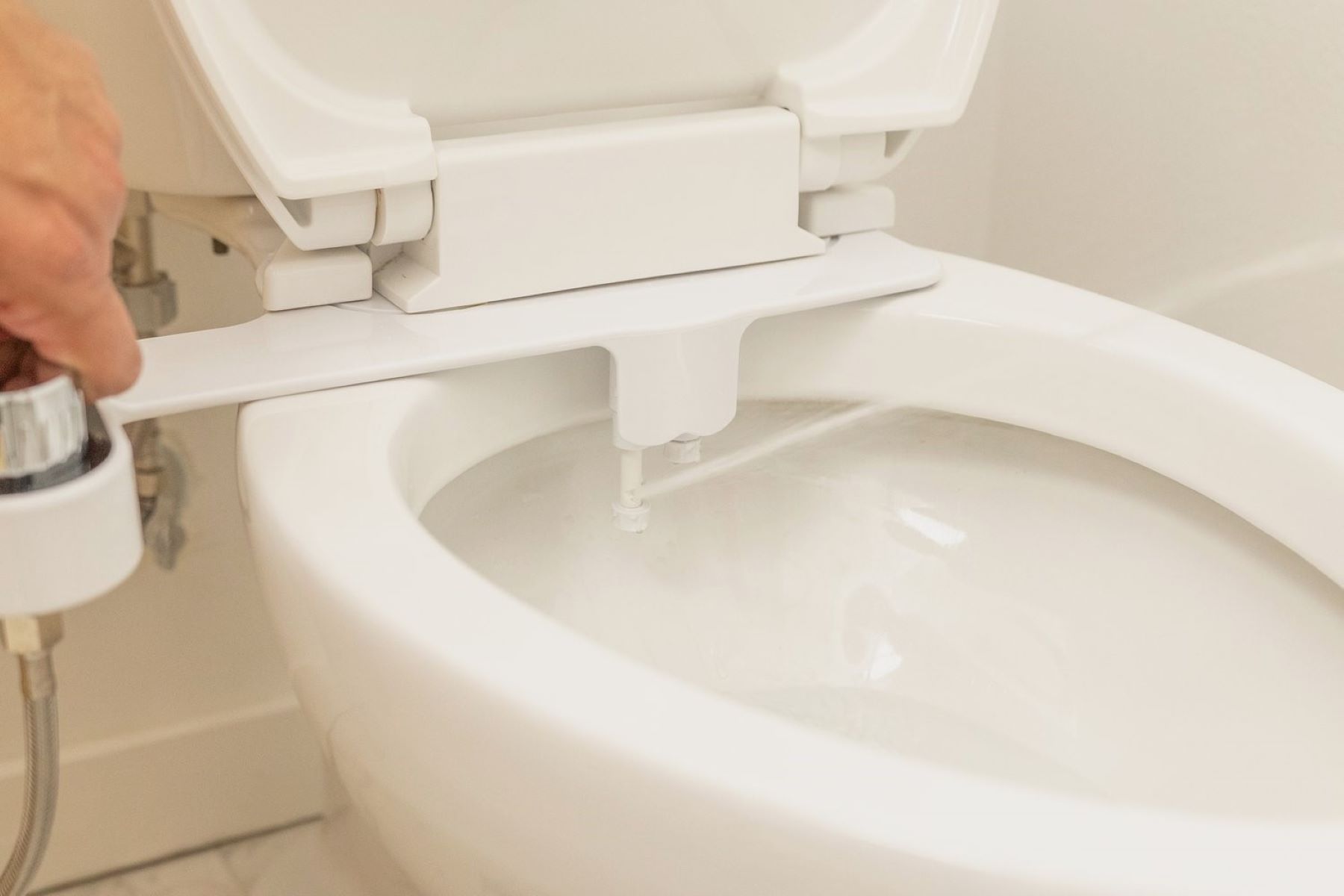
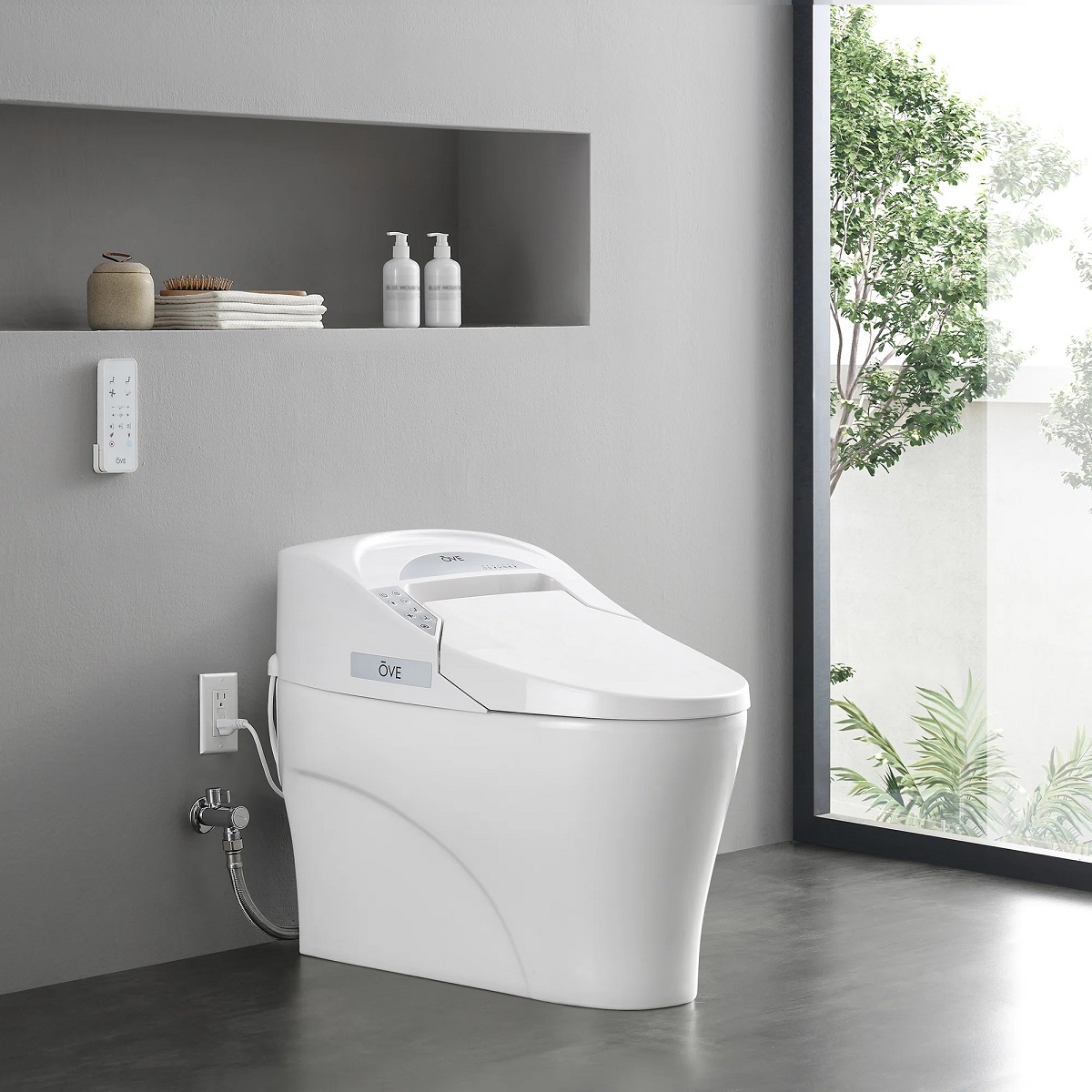
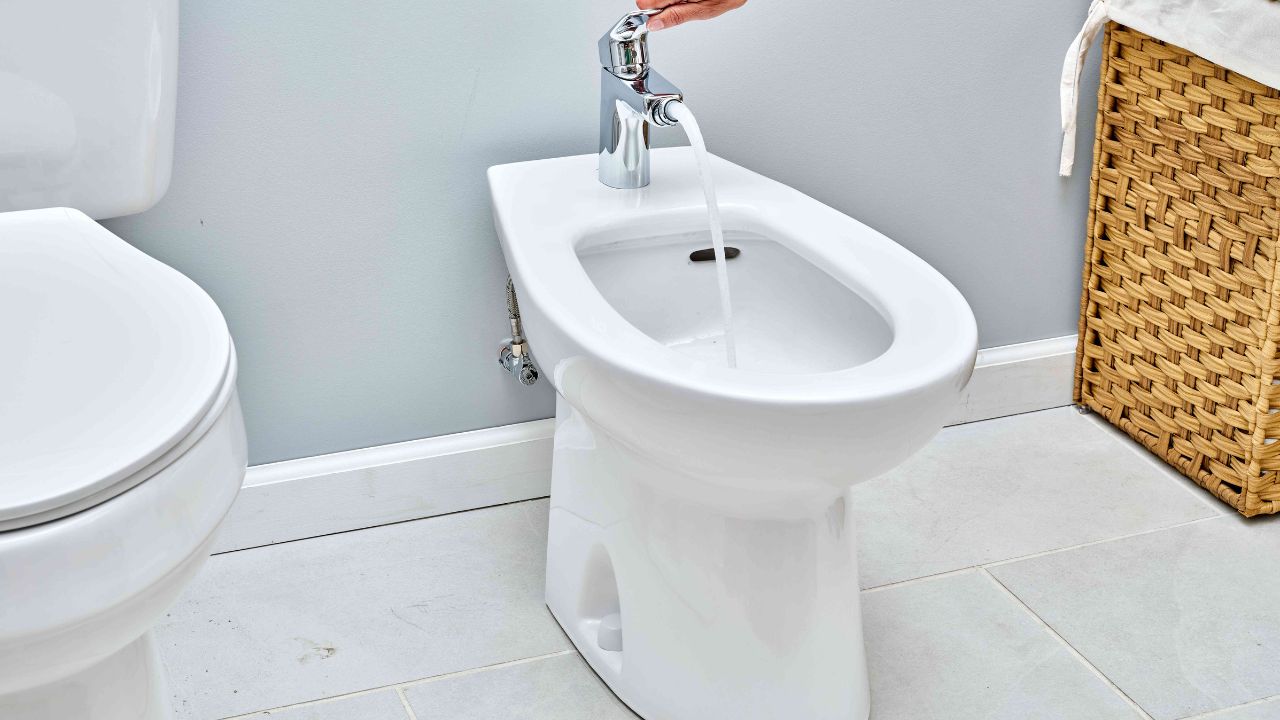
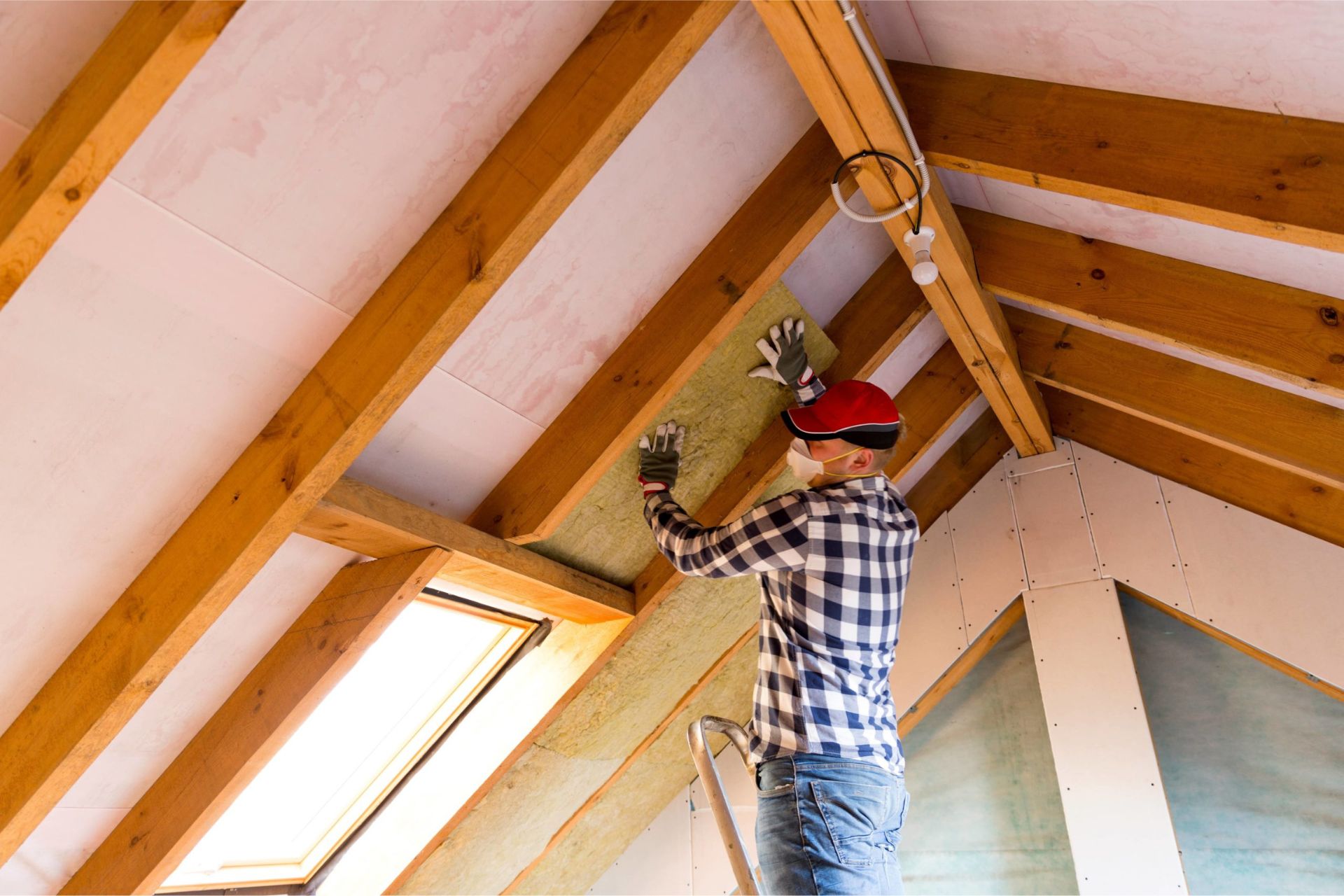
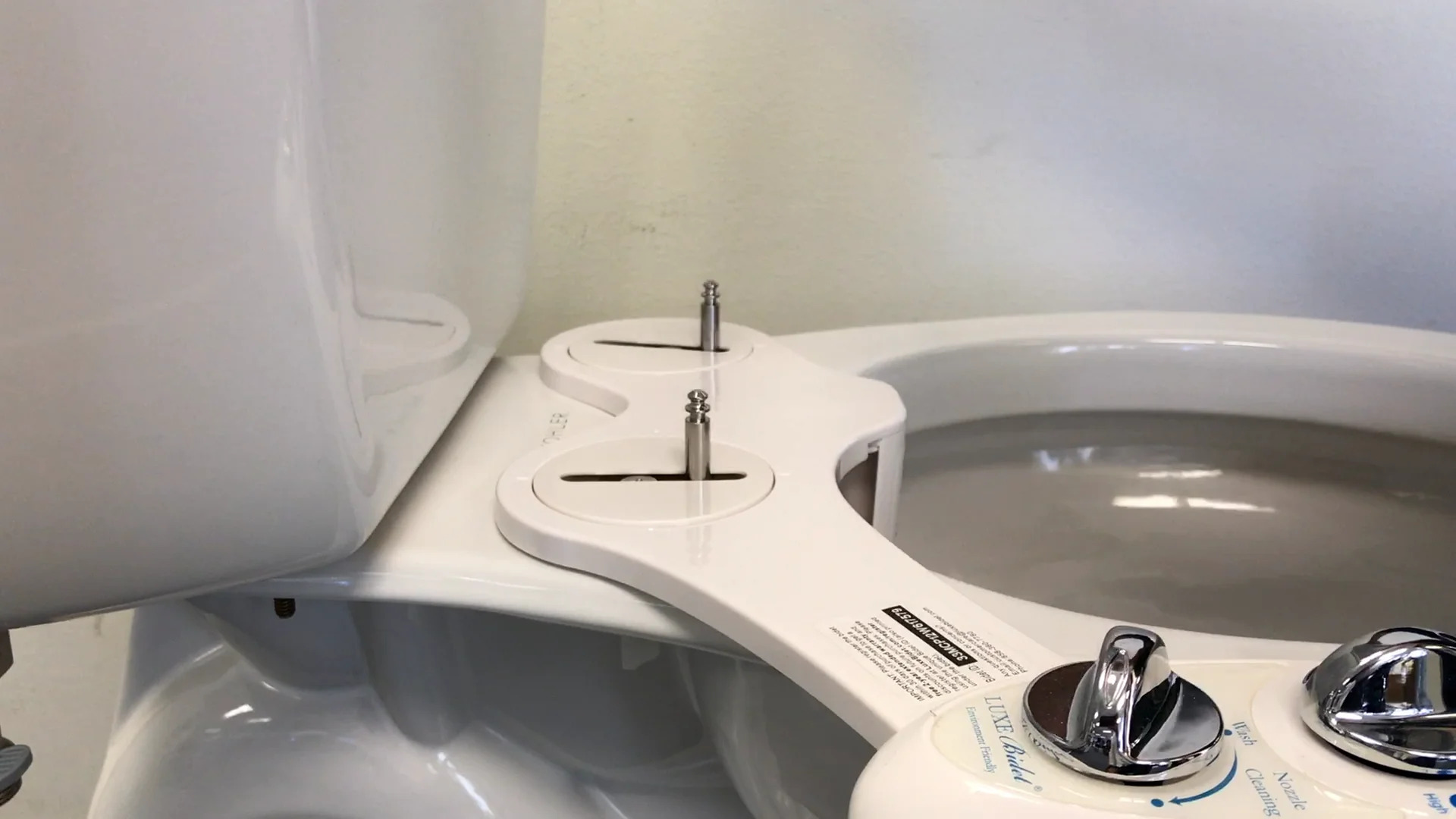
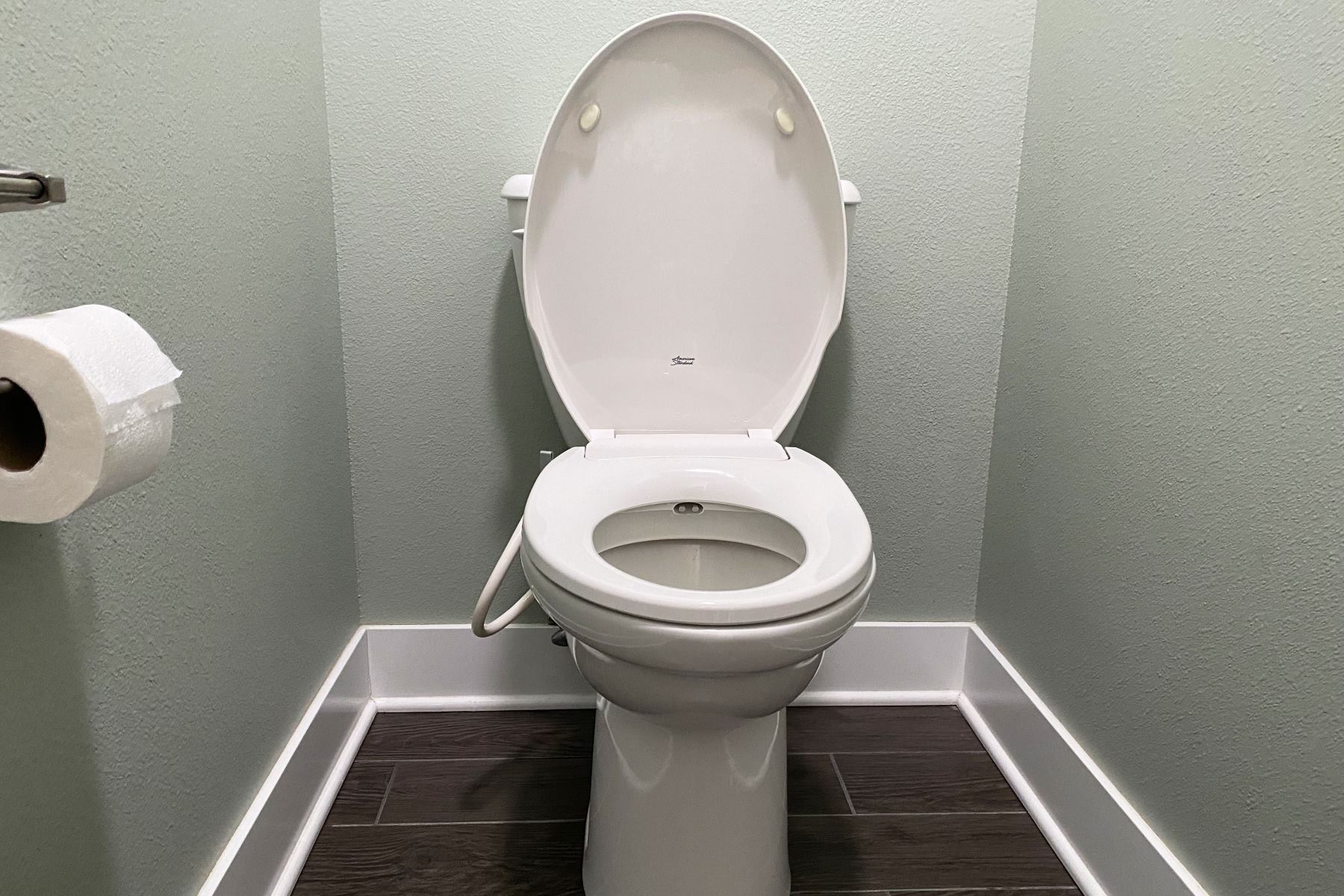
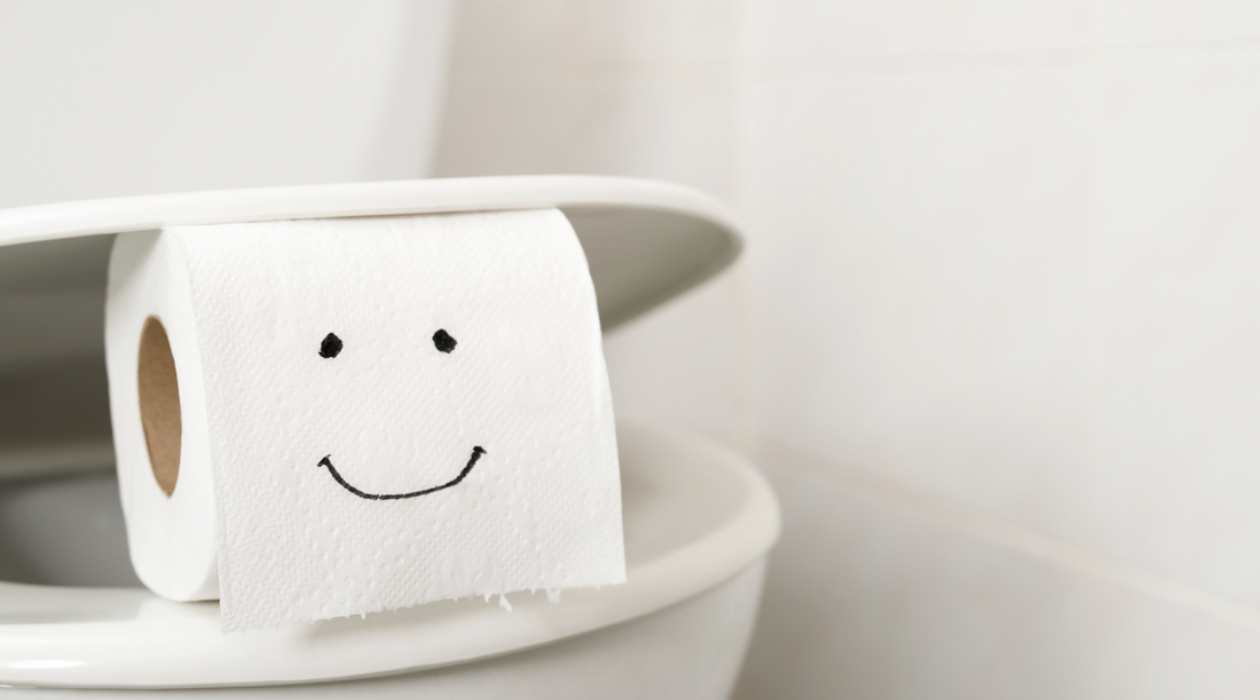
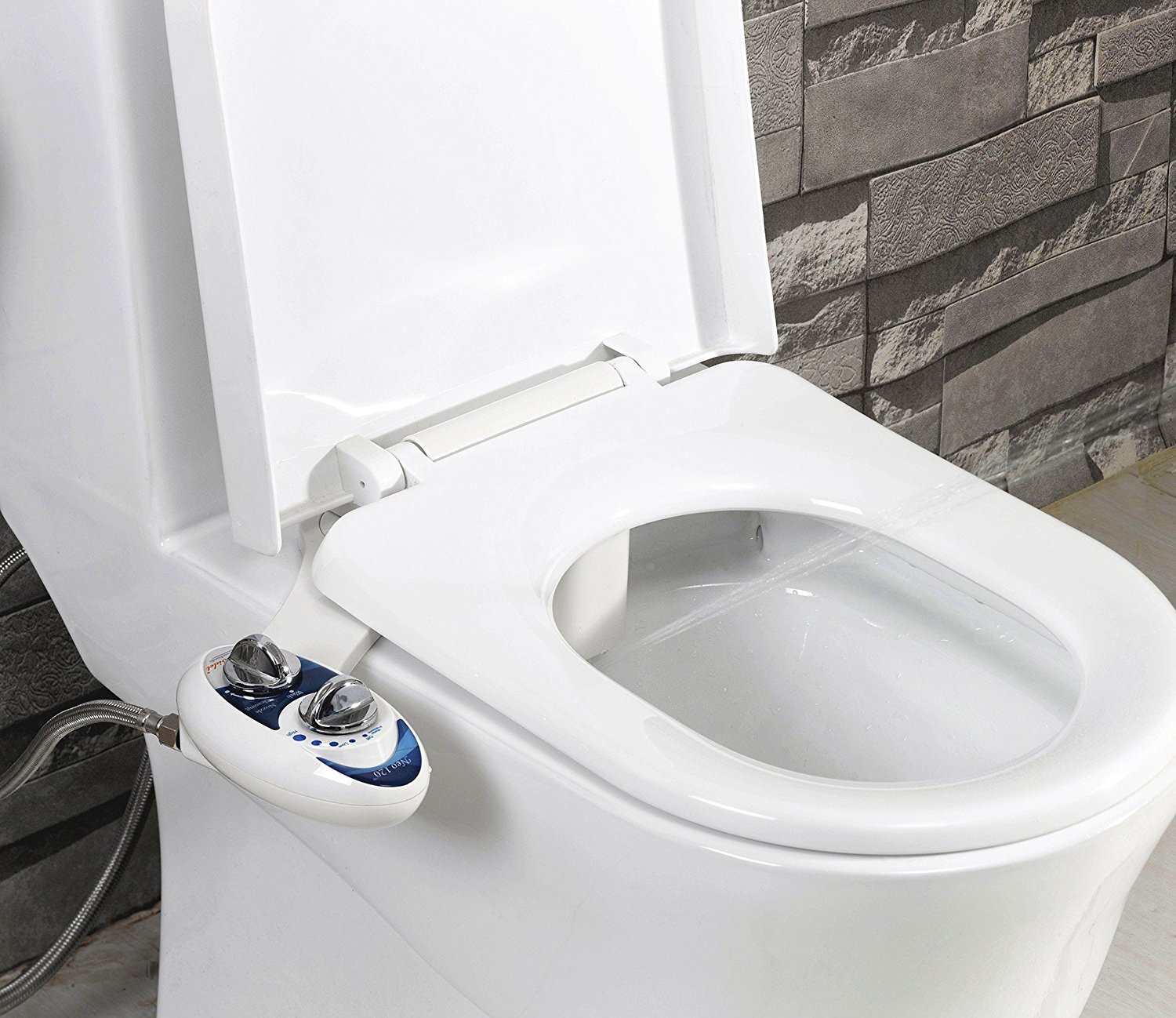


0 thoughts on “How Much Toilet Paper Does A Bidet Save”